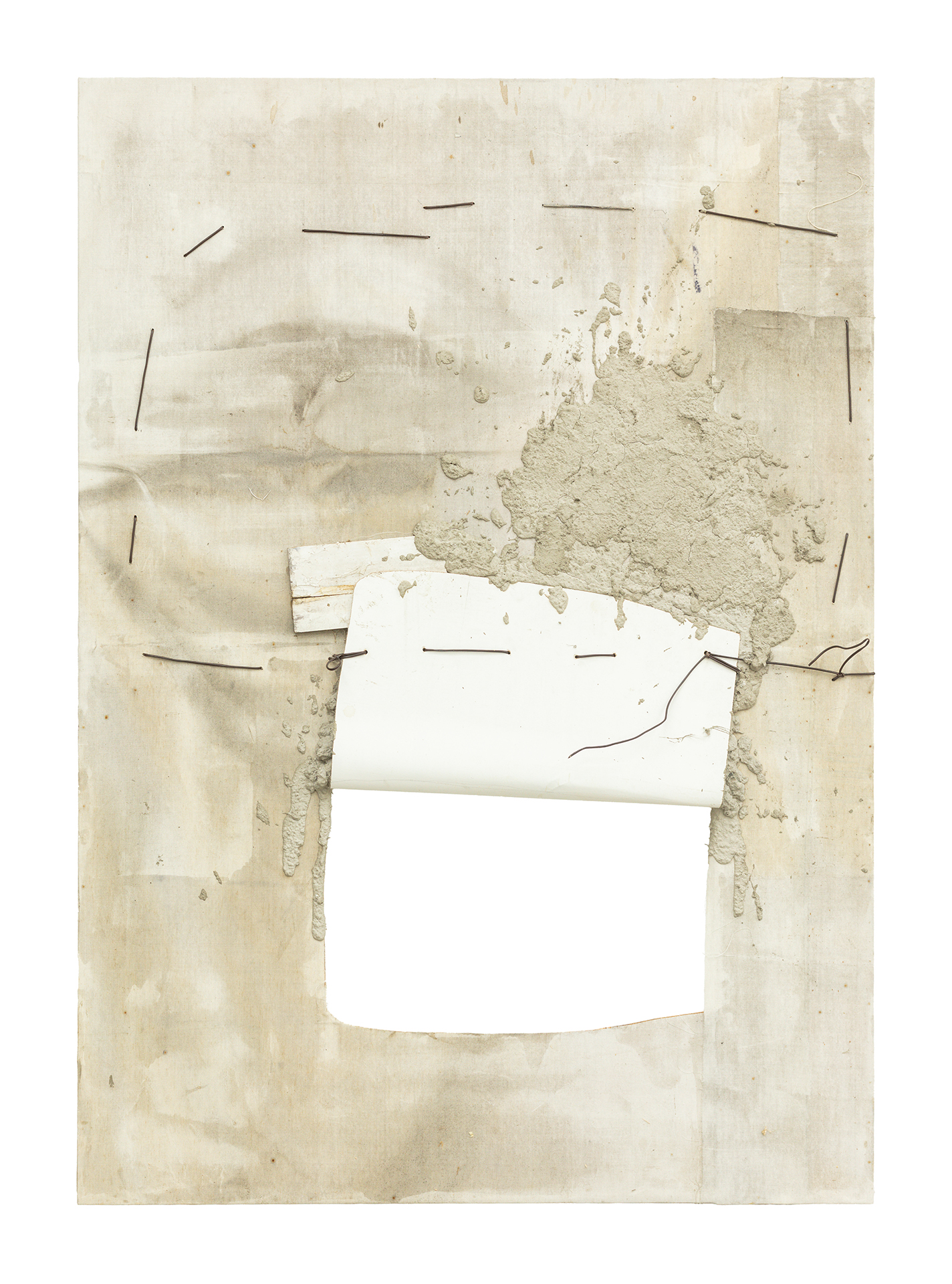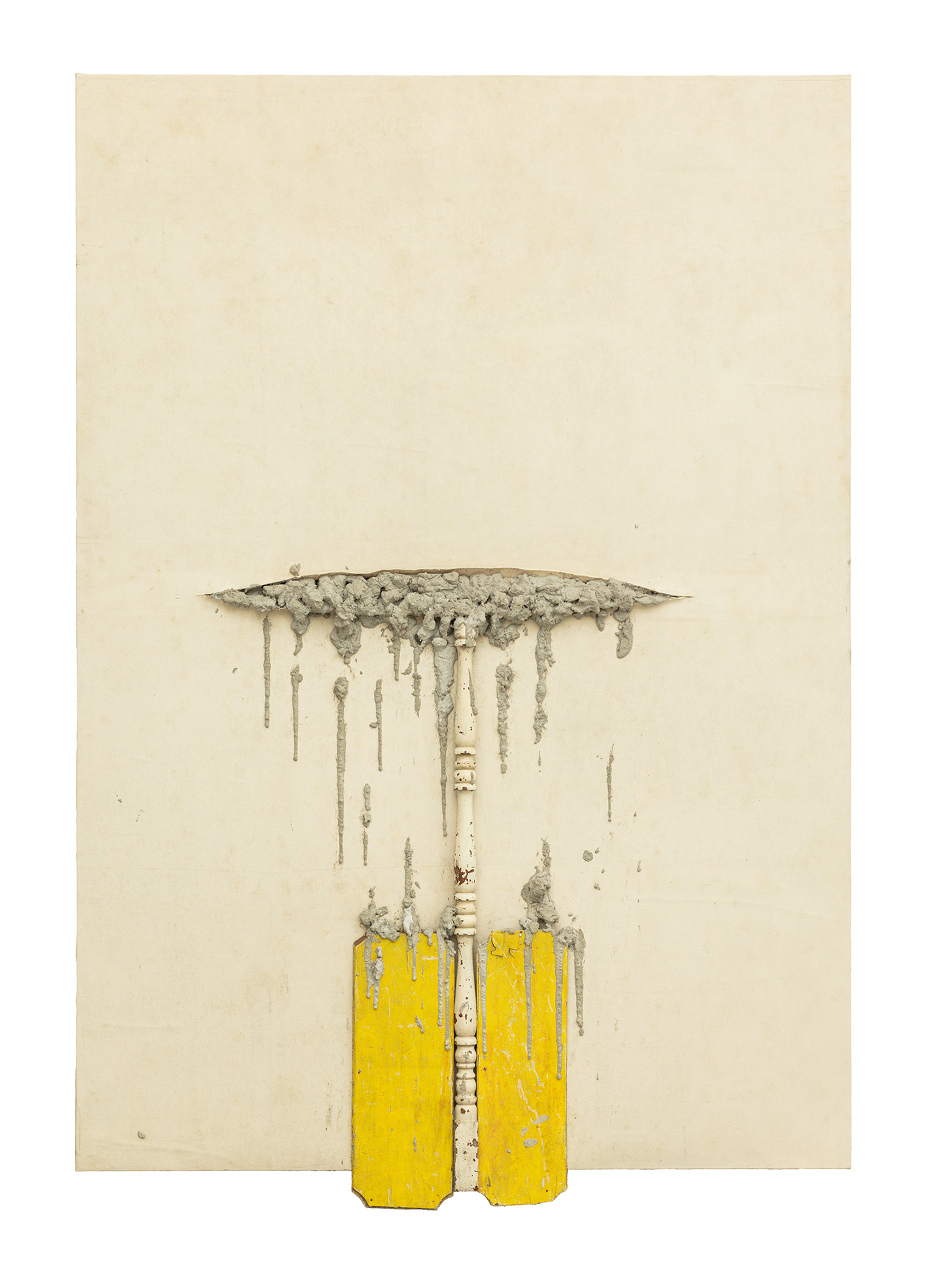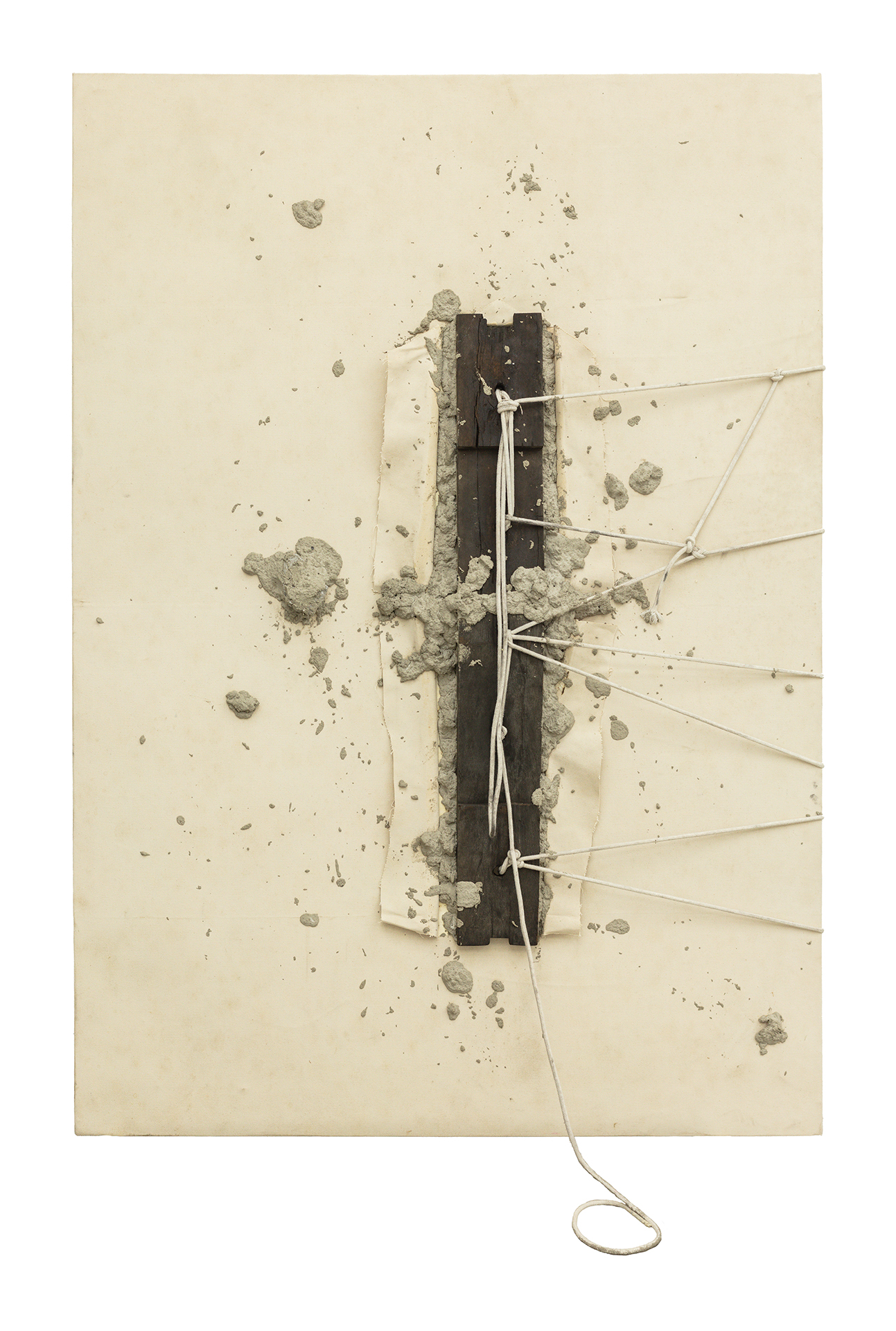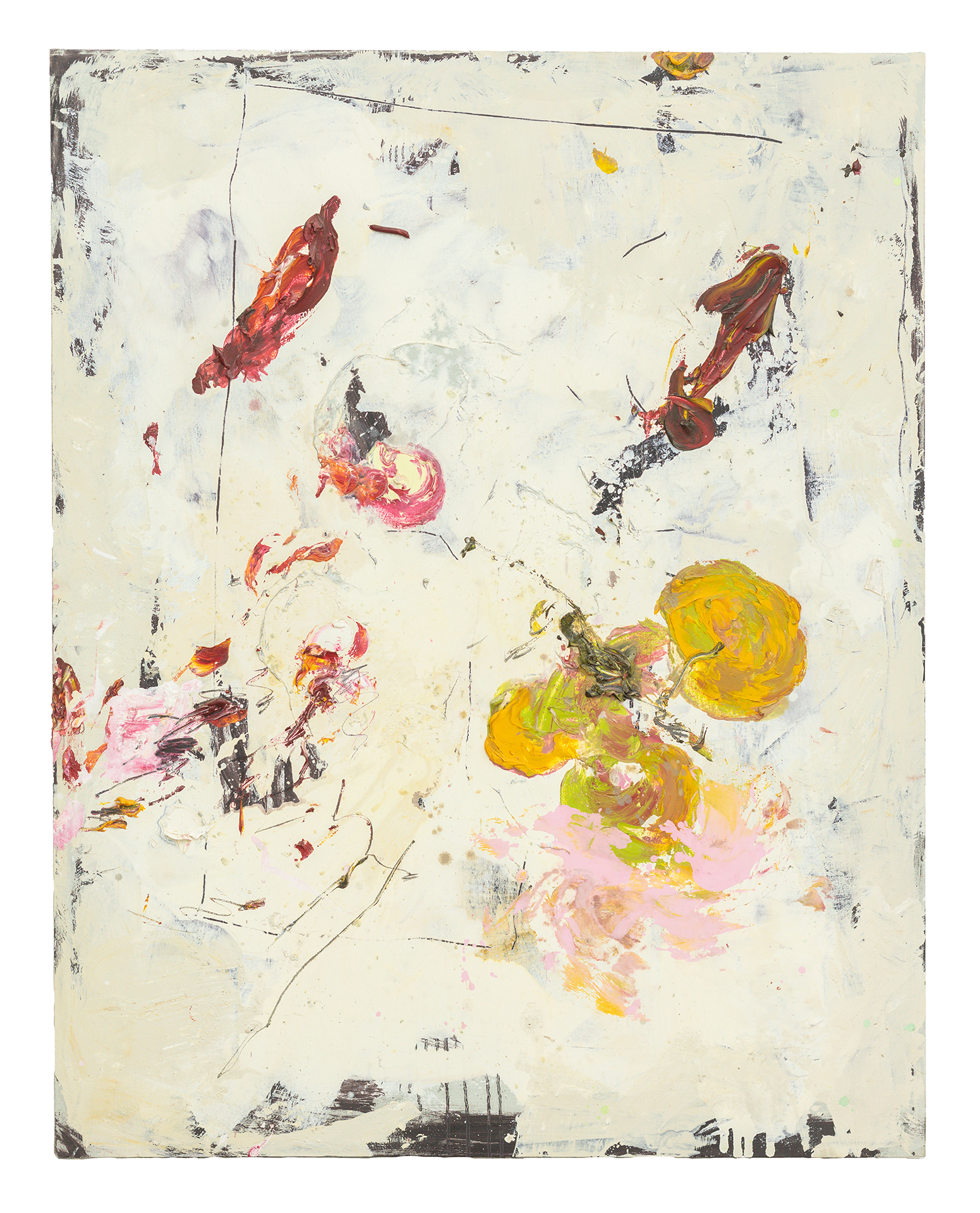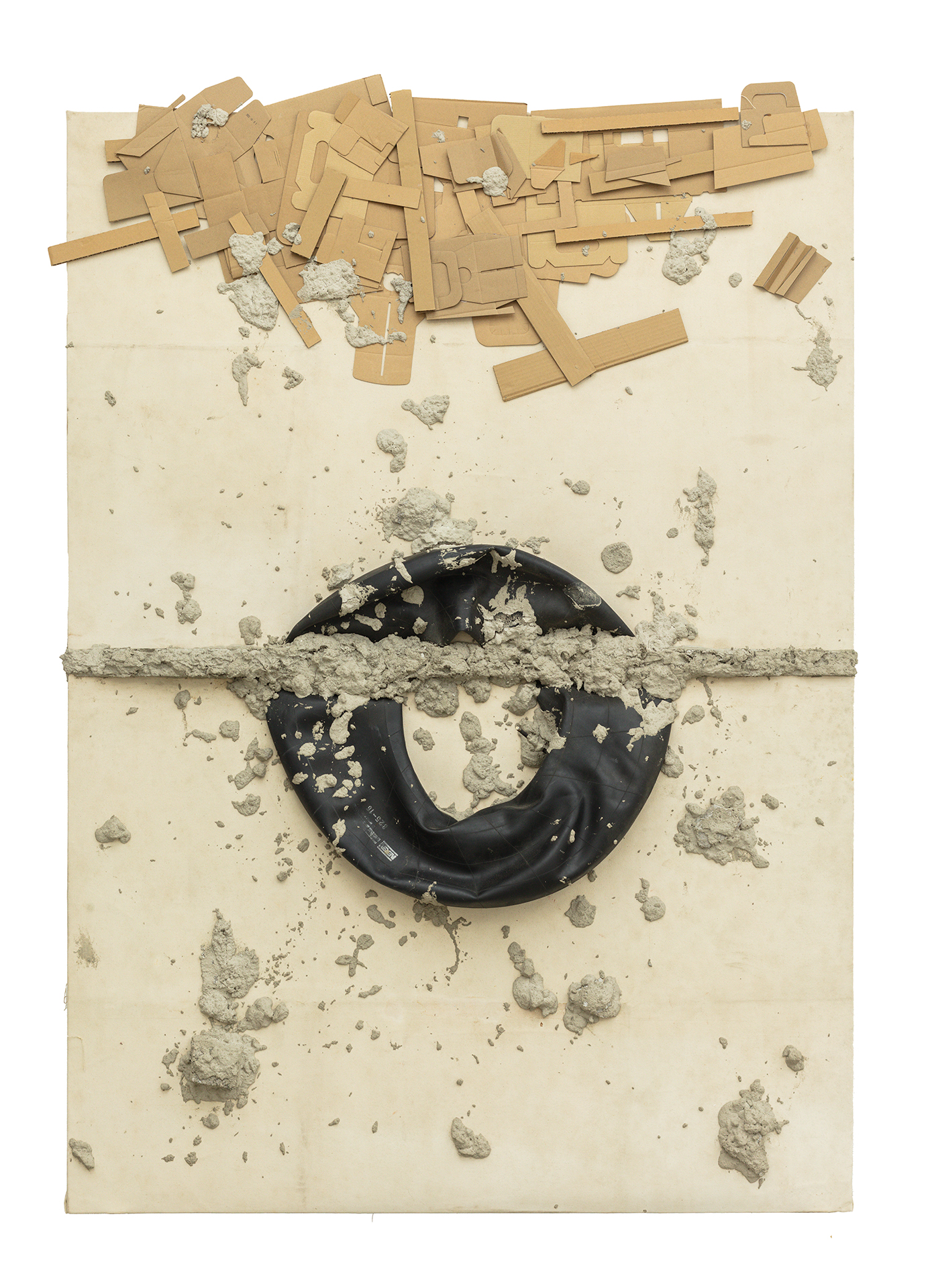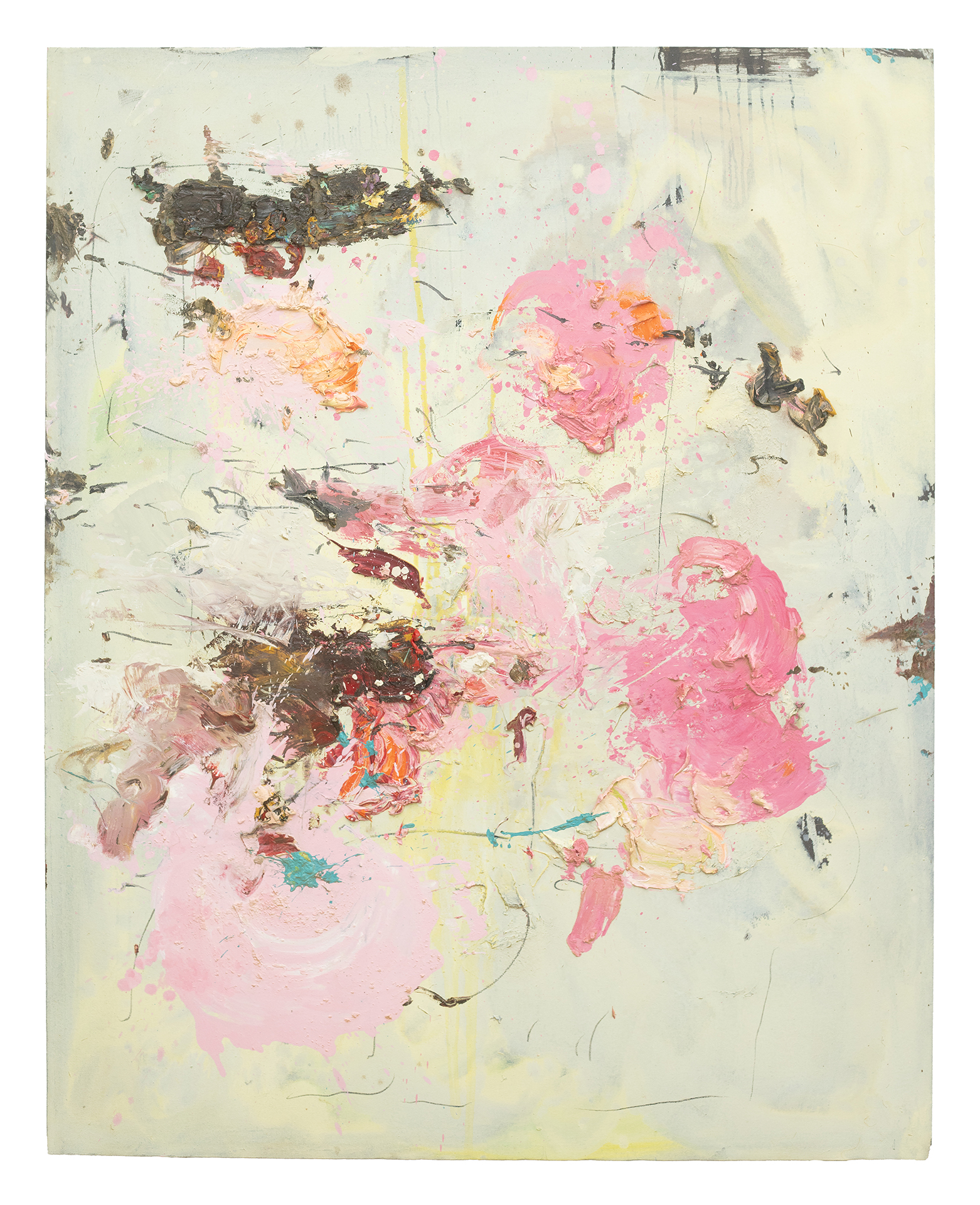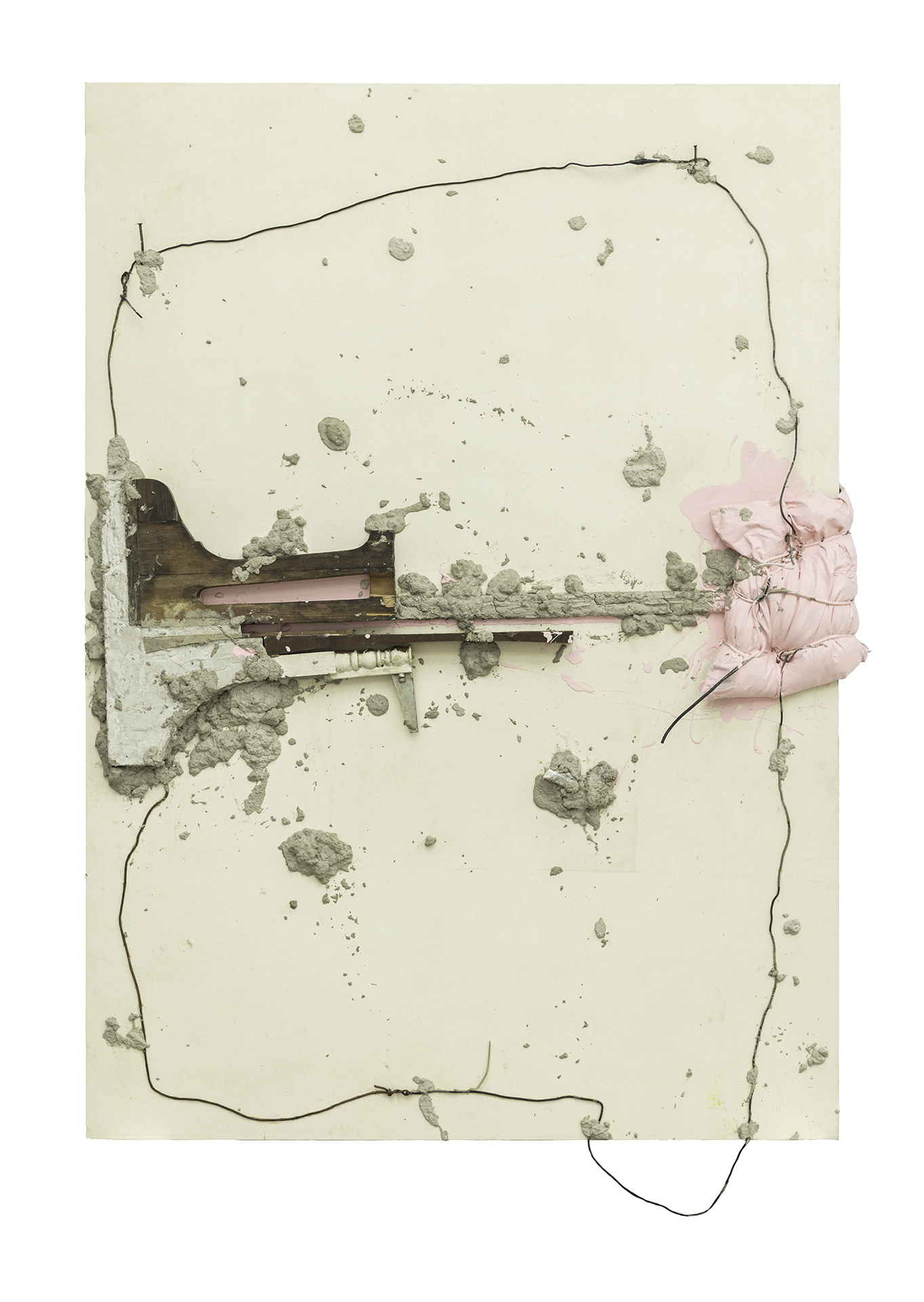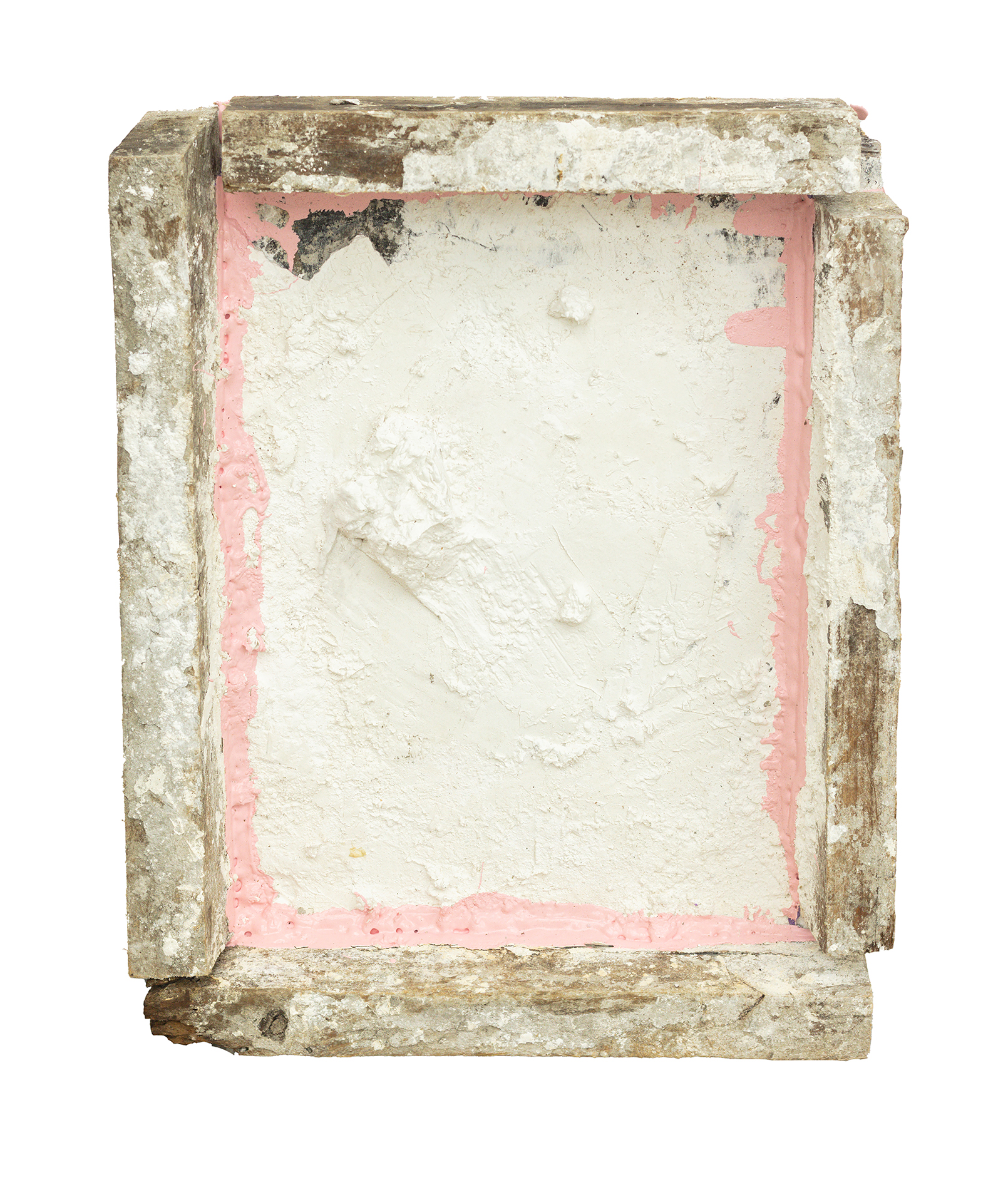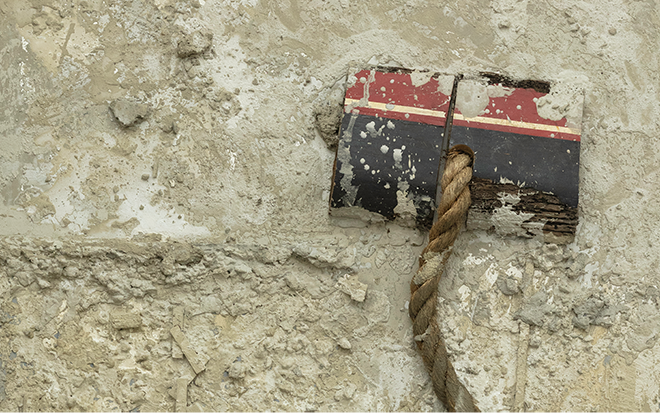
Causal Loops
Bernardo Pacquing
Silverlens, New York
Installation Views
About
The materials Pacquing chooses are always ready at hand. Sometimes they are tangible scrap materials, most of which bear no traces of human use, but are kept because of an intrinsic interest the artist sees in them, such as furniture, tiles, wires, and even paint boxes. For this exhibition, he continues to work with concrete, which is strongly associated with sculptural traditions.
Concrete is a mixture of cement, water, rocks, and sand. Here, the mixture doesn’t perform like concrete that can be slathered smoothly like a spread. The concrete seems to bubble or drip. Industrial materials have been used in Pacquing’s work since his beginnings as a Fine Arts student as a subversive alternative to imported, expensive art supplies. He has since then honed his proficiency through the decades through process and experimentation, rather than traditional studio-art methods. Asking him about the show now is akin to chatting with an artist who is also a highly skilled technician, knowledgeable of how materials behave to solve the problem of how in composition. The space of the frame becomes a space of both control and acceptance. He says: Everything that happens there is calculated.
For these huge paintings, he does something new by slashing the thick canvas and slotting objects into the frame as if it were a socket instead of attaching them as he did in his previous works. The object is then set in place with concrete, which looks like it is still wet because of its lower viscosity. This is hidden from the viewer in some works and exposed in others. Moreover, when used in artwork, concrete is typically presented in blocks or tiles, true to its roots as a material for structure. One wonders if Pacquing’s use of concrete is shaped by the desire to express something monumental in the smallness of the throwaway objects.
One thing is for sure, though, that he continues to develop his unique approach to painting, holding together formal tensions that are not oppositional and rigid to each other but are generative, productive relationships. Pacquing often uses the metaphor of play when talking about his practice. Opposites allow a kind of play and autonomy to be created freely, where one is not forced to choose one over the other, but instead can contain suspended contradictions.
In a related piece, he combines a small pillow drenched in cotton candy pink elastomeric paint, which makes it waterproof, with a rubberized texture in contrast to the piles of concrete, wood scraps, and an electric wire encircling the composition loosely, and its excess dangling outside the frame.
The electric wire is an unmaking then remaking of his past works, where he would take a graphite pencil and draw a demarcating circle inside the canvas. He uses the electric wire in another painting where it is woven into the canvas to hold a cut-out flap. It is the same with the black deflated life preserver and deconstructed cardboard, elements of past paintings here used as a starting point. The shape is a constant in his image-making system, as are balusters. In a different piece, a baluster is placed under a slash of canvas oozing with concrete set against a piece of wood painted yellow.
Rope is also an element of some of his memorable works of tactile abstractions, but for this show is taken almost against its physical nature by teasing its tensile strength. The rope is woven to the side of the frame, pulling on a chunk of petrified wood placed in the middle. This is unexpected as rope is usually wound around fully to fasten for stability.
The titles of the artworks in the exhibition all include the phrase “What I Have Learned From My Paintings,” reflecting the works’ theme of reversibility, the freedom available to every artist. With the choice to return, undo, and discover anew, the act of making is given meaning.
Words by Josephine V. Roque
Bernardo Pacquing (b. 1967, Tarlac, Philippines; lives and works in Parañaque City, Philippines) is an artist broadening the expressive possibilities of abstraction in painting and sculpture. A graduate of the University of the Philippines and having studied under pioneering conceptual artist Roberto Chabet, Pacquing was twice awarded the Grand Prize for the Art Association of the Philippines Open Art Competition (Painting, Non- Representation,1992 / 1999). He received the Cultural Center of the Philippines Thirteen Artists Award (2000), an award given to exemplary artists in the field of contemporary visual art. Pacquing, one of the most deeply collected contemporary artists from the Philippines, has shown extensively in Asia, most recently in China, Hong Kong, and Singapore.
Pacquing will be featured in Art Basel Miami 2025 (Nova Sector) together with Nicole Coson for Silverlens.
Works
